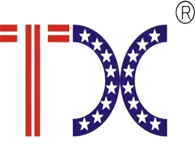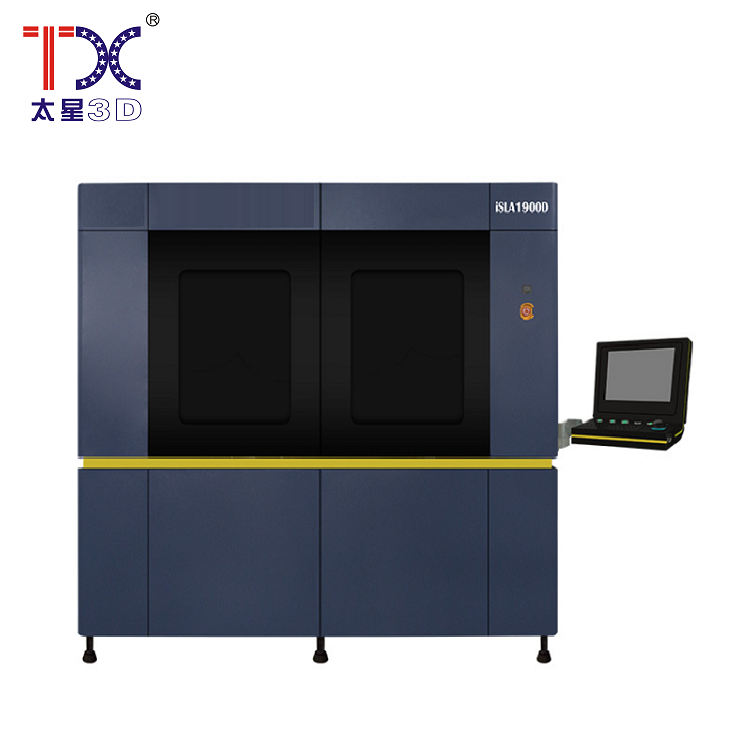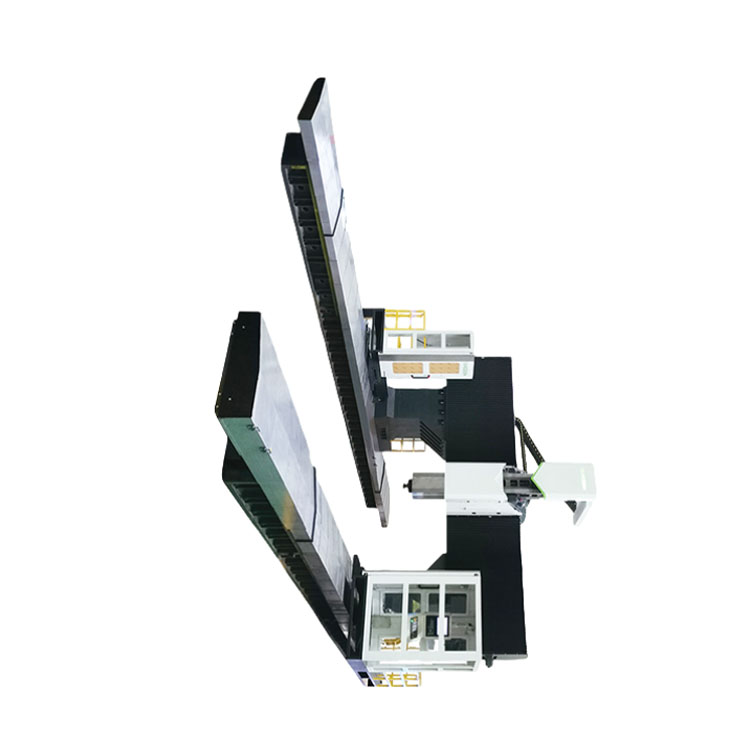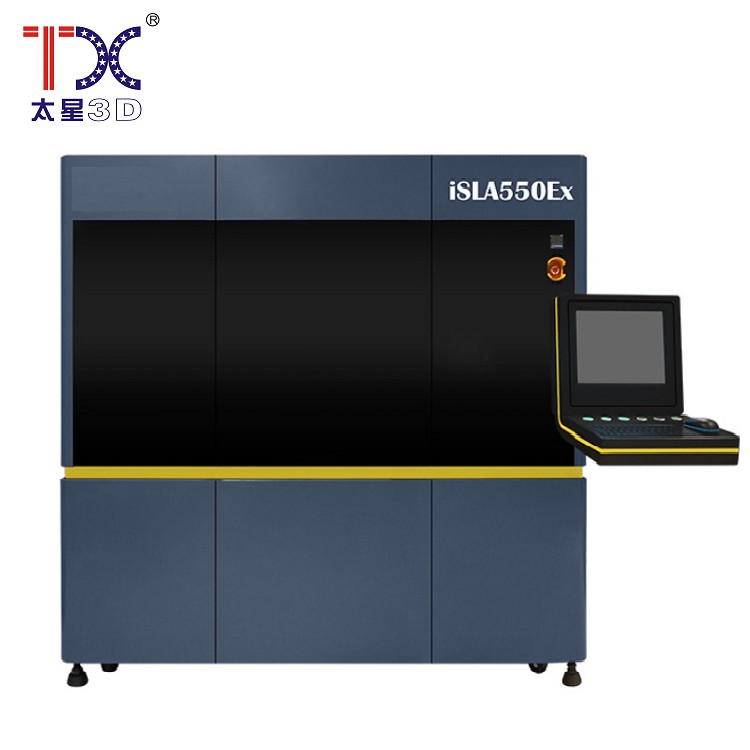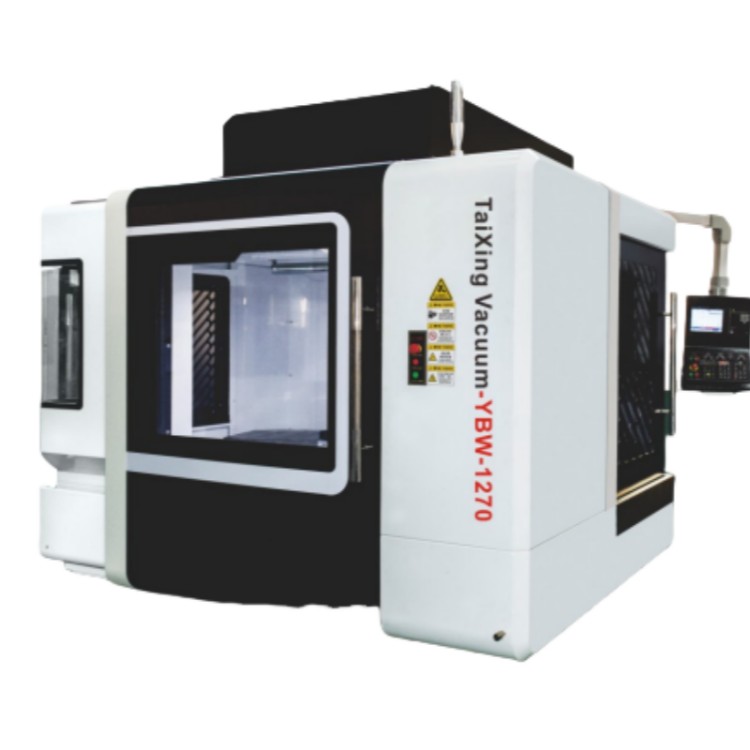
3D printing models
3D printing models
3D printing is a technology that develops rapidly and finds more and more applications in our lives. But what is behind this magic of creating three -dimensional objects? A key role is played by models by which the printer builds the desired object. Let's try to figure out what types of models exist.
Varieties of models for 3D printing
All models are based on a digital description of the object. The most common and understandable type is STL files. They are a set of triangles, gluing which the printer creates a three -dimensional shape. Pretty simple for understanding, but not always perfect, especially for complex forms. There are more advanced formats, such as OBJ that contain more information about the model, which can improve print quality. There are also formats compressed to save memory and formats oriented to certain printers. It is important to understand that the quality of the model directly affects the quality of the finished product. An incorrectly created model can lead to defective printing, so the choice of the correct format and its correctness is a key factor.
Preparation of the model for printing: Optimization for the printer
Even a perfectly created model needs to optimize before sending to the printer. It is like preparing a recipe before cooking. It is important to make sure that the model does not contain problem areas: protrusions, thin elements that can break, get stuck or deform during printing. It is necessary to carry out reconnaissance flights by the model in order to evaluate the possibility of stable layering of the material. The models processing program helps to cut, strengthen and prepare the object for printing, making it suitable for the printer. This also includes the determination of print parameters, such as the size of the layer, speed and other parameters that affect the final result.
From idea to finished object: Life cycle of the model
The process of creating a 3D model is not just a file creating. Often this is a creative path that begins with an idea. Then the idea is visualized using 3D modeling software, where you can adjust the details and embody fantasies in a digital form. Next, checking the model, optimization and preparation of it for working with the printer. And finally, the process of print, where the digital model comes to life, turning into a real physical object. This path from the plan to the final result, from the ideal image to Tangible to the subject, is the essence of 3D printing, and competently prepared models play a key role.
AppropriateProducts
Corresponding products
The best soldproducts
The best -selling products-
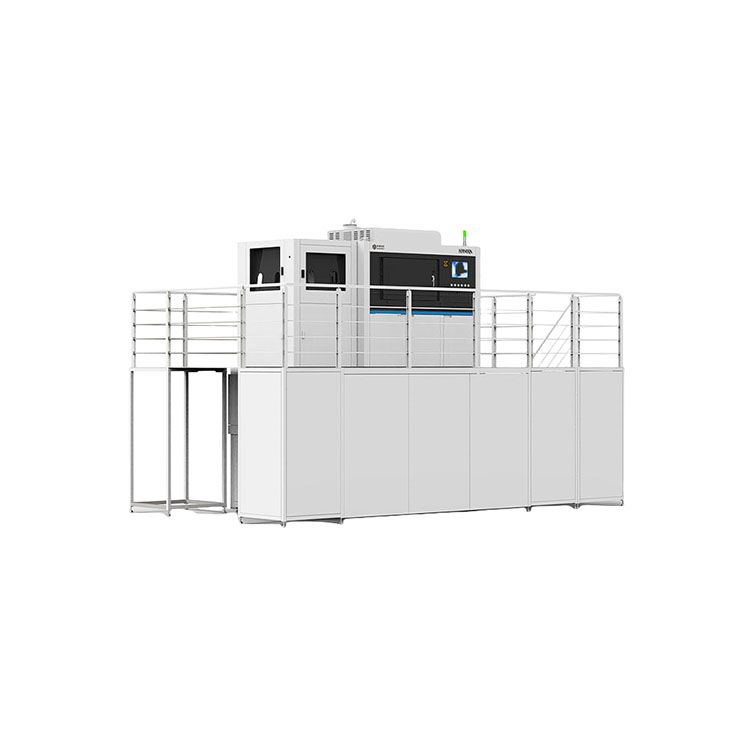 Taisin Metal 3D printer ISLM800QN
Taisin Metal 3D printer ISLM800QN -
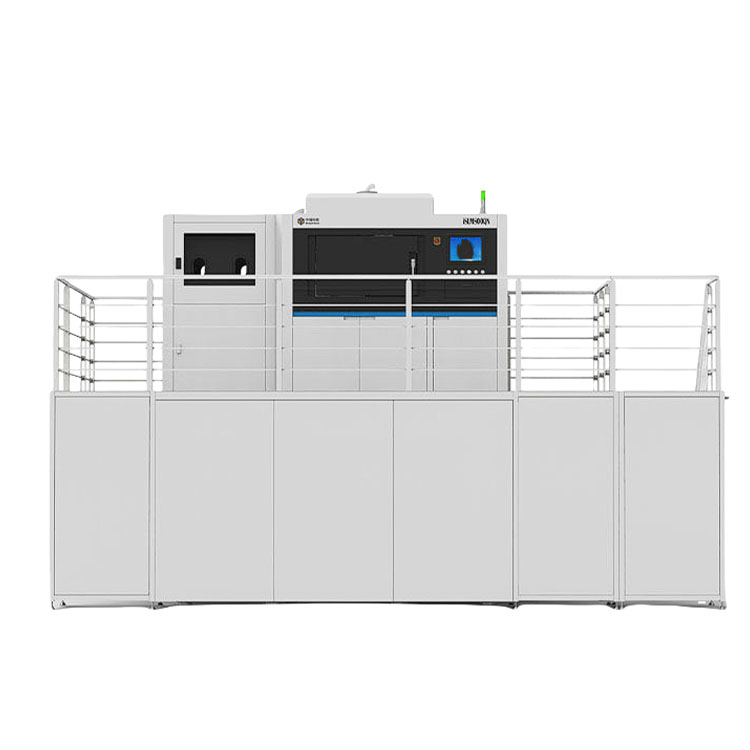 Taisin Metal 3D printer ISLM600QN
Taisin Metal 3D printer ISLM600QN -
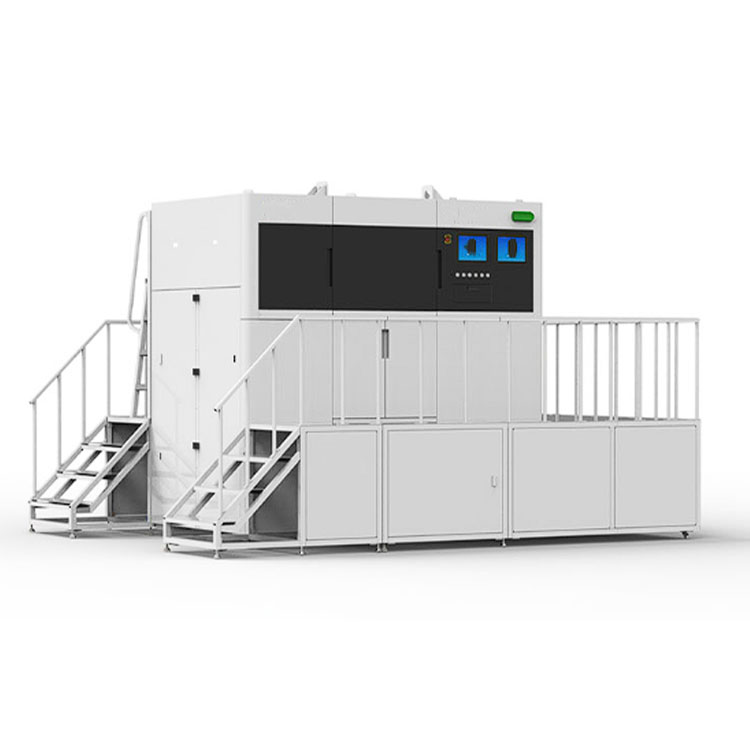 Taisin Metal 3D printer ISLM500D
Taisin Metal 3D printer ISLM500D -
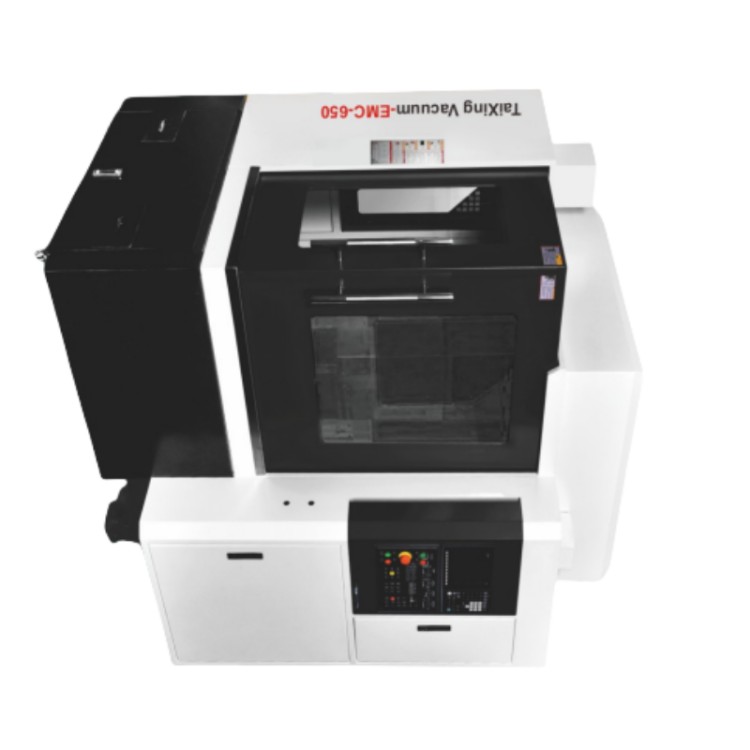 Taisin Gravity-milling machine EMC-650
Taisin Gravity-milling machine EMC-650 -
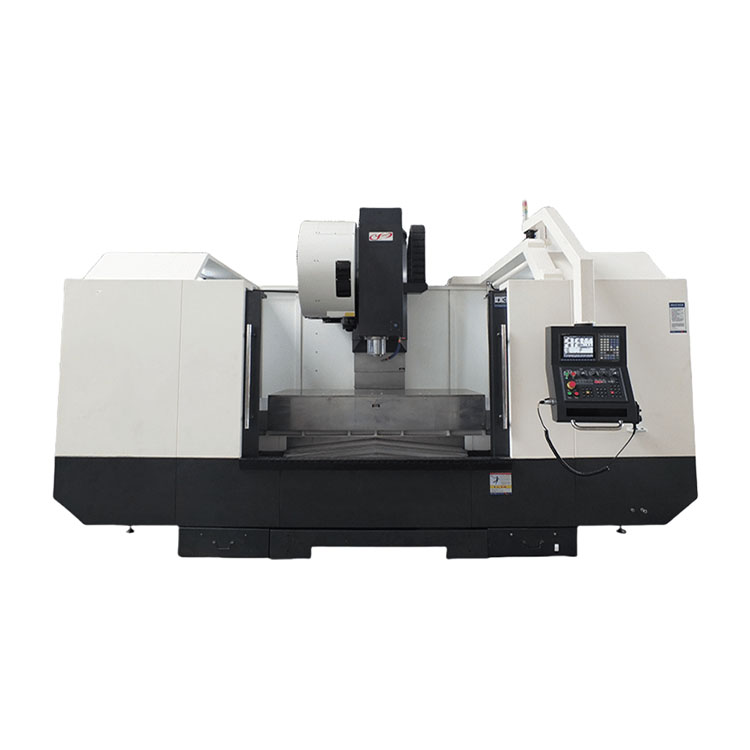 Taisin high-precision vertical processing center with CNC VMC TXP-1890
Taisin high-precision vertical processing center with CNC VMC TXP-1890 -
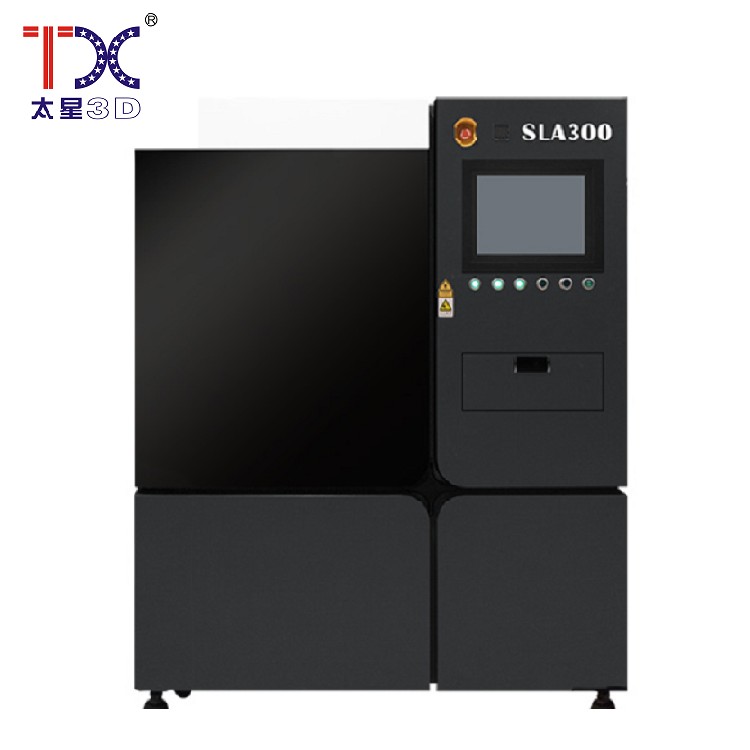 Taisin Light-adoptive 3D printer SLA300
Taisin Light-adoptive 3D printer SLA300 -
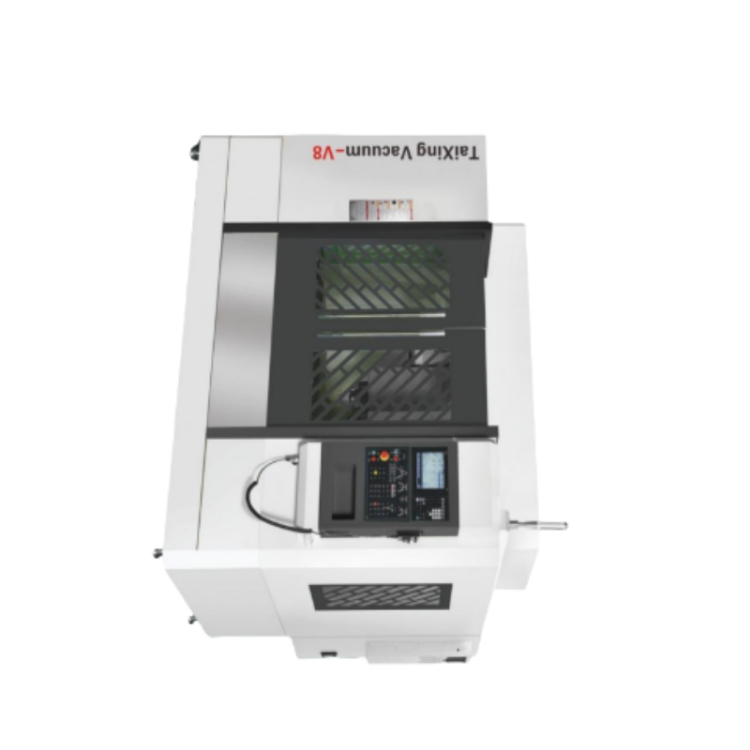 Taisin high-speed and high-precision processing center for processing parts TX-V8
Taisin high-speed and high-precision processing center for processing parts TX-V8 -
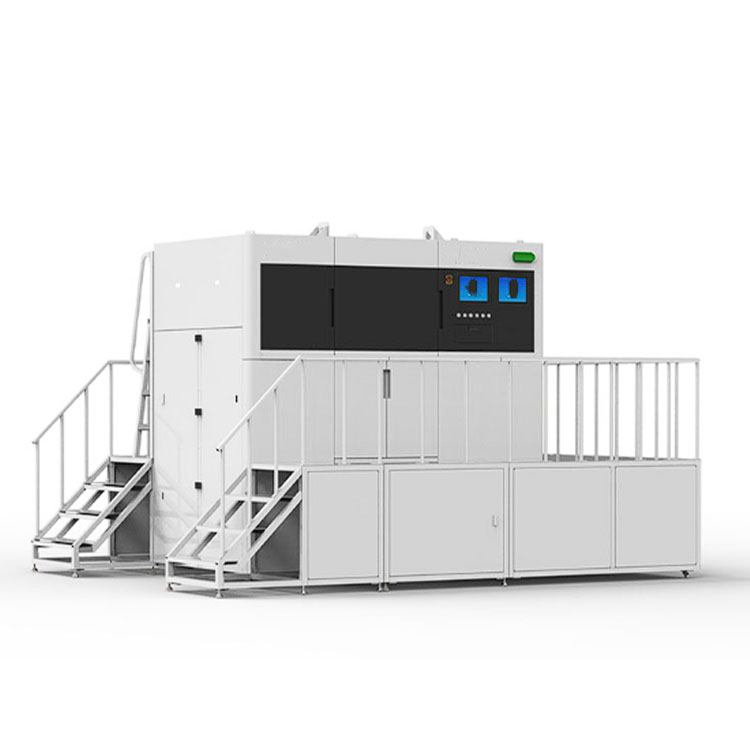 Taisin Metal 3D printer ISLM420DN
Taisin Metal 3D printer ISLM420DN -
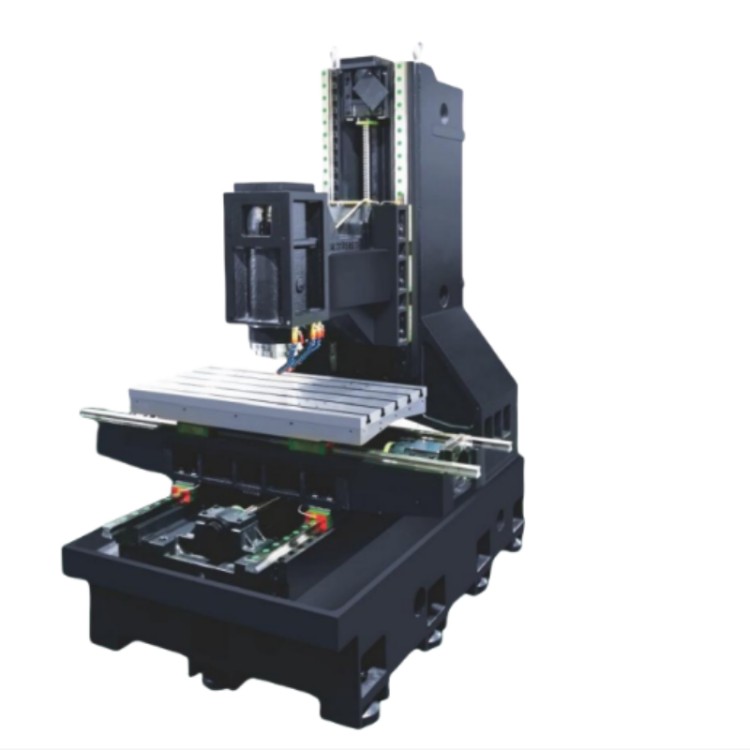 Taisin three-wire rail molding machine of high stiffness TX-6027
Taisin three-wire rail molding machine of high stiffness TX-6027 -
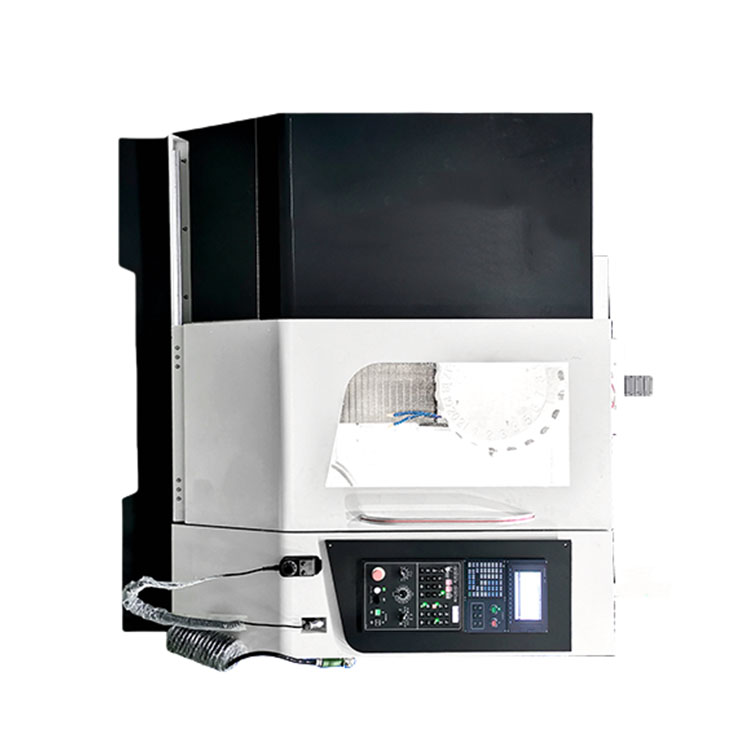 Taisin processing center for drilling and cutting threads TXT-800
Taisin processing center for drilling and cutting threads TXT-800 -
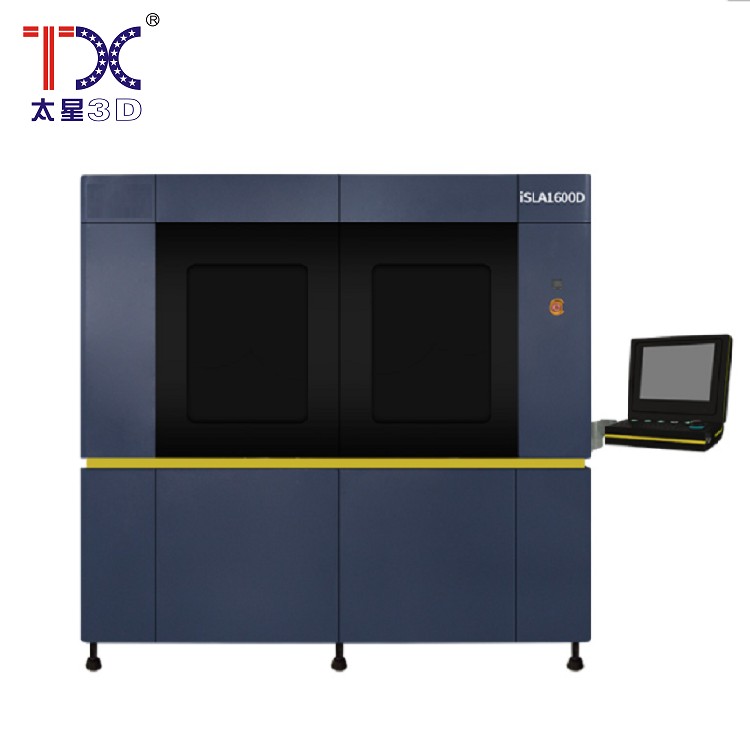 Taisin Light-adoptive 3D printer SLA1600D
Taisin Light-adoptive 3D printer SLA1600D -
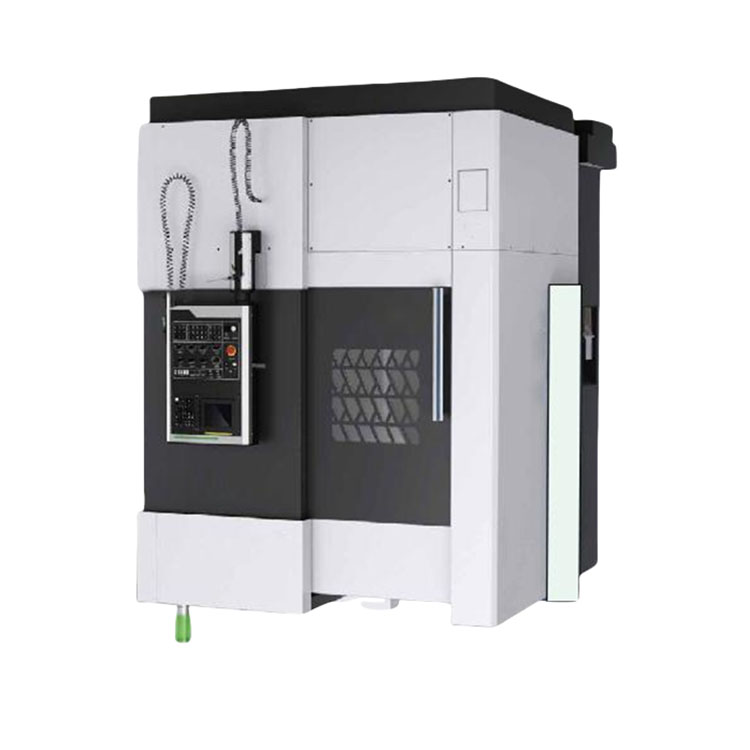 Taisin Vertical CNC TXLC-500 CNC
Taisin Vertical CNC TXLC-500 CNC
Connectedsearch
Related search- Cheap manufacturers of 5-axis machines
- Cheap factories Rhino 3D
- Cheap factories of 3D printing systems
- Chinese manufacturers of axial machines and tools
- Educational factories 3D printing in China
- Chinese suppliers of accuracy control 3D printing
- Zbrush production plants in China
- Chinese durable factories for the production of axes of CNC machines
- Cheap 8 axes of manufacturers CNC machines
- CNC machine 6-Sose
